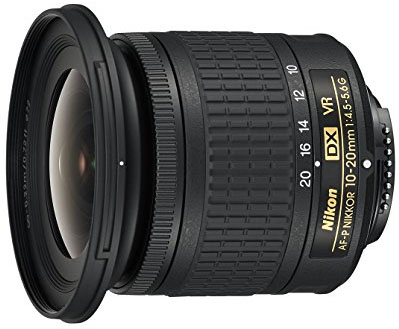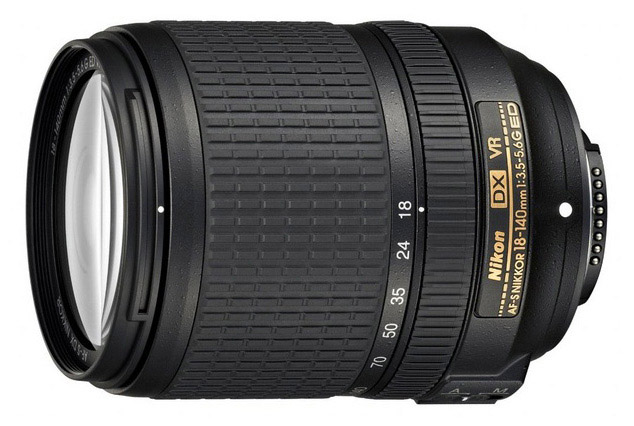05 Nikon has an impressive collection of DX
05 GREAT NIKON DX LENSES
From wide-angle to telephoto, we break down the top zoom and prime lens options for Nikon DX-format cameras

Nikon has an impressive collection of DX-format cameras to choose from—the latest generation includes the entry-level D3500, mid-range D5600, and prosumer D7500. And regardless of your photography experience or style, below are the best Nikon DX lenses on the market in 2019. In the process, we’ve kept a keen eye on value, and have included zooms and prime lenses across categories from wide-angle and portrait to telephoto. For more information, see our detailed lens comparison table and buying advice below the picks.
1. Nikon 35mm f/1.8G ($197)

Weight: 7.1 oz.
What we like: Pro-grade optics for less than $200.
What we don’t: Not nearly as versatile as the zoom lenses on this list.
Many Nikon cameras are sold with fairly mediocre kit zoom lenses, but adding a fast prime to the mix can increase the quality of your photos in a hurry. We think the Nikon 35mm f/1.8G is the ticket: it’s sharp, lightweight, and strong in low light with a maximum aperture of f/1.8. And perhaps most importantly, it’s a great value at just under $200. For everything from travel and street photography to portraits, this is a great DX lens to have in your bag.
What are the downsides of the Nikon 35mm f/1.8G? As is the case with any prime lens, it won’t give you nearly as much versatility as a zoom (it’s more of a complimentary lens than an all-in-one solution). And aside from a metal mount, the lens has a mostly plastic build. But this doesn’t stop us from recommending it—the 35mm f/1.8 will give you sharpness, bokeh, and low light performance that you just can’t get from a zoom, let alone in this price range. For another quality prime option from Nikon, see the 50mm f/1.8G below.
2. Sigma 17-50mm f/2.8 OS ($283)

Weight: 19.9 oz.
What we like: Fast and reasonably priced.
What we don’t: Zoom ring works in reverse of Nikkor lenses.
One of the most popular lenses for full-frame cameras is the 24-70mm f/2.8—it’s the quintessential pro zoom. But the comparable options for DX are a bit tricky, including the old and very pricey Nikon 17-55mm f/2.8 (a whopping $1,500) and newer Nikon 16-80mm f/2.8-4 below (also over $1,000). Taking both image quality and value into account, we prefer the Sigma 17-50mm f/2.8. For less than $300, you get impressive low light performance and bokeh, good sharpness, and solid focal length coverage from wide-angle to portraits. All in all, this is a premium walk-around lens that will outperform most other zooms on the list.
Keep in mind that the Sigma 17-50mm f/2.8 is slightly quirky. In general, third-party lenses often aren’t quite as quick to focus—Sigma also makes this lens with mounts for Canon, Sony, and Pentax cameras, so the one-size-fits-all build has its shortcomings. In addition, the zoom ring works in the reverse direction of Nikkor and the focus ring continues to turn when autofocus is engaged, both of which may give you some pause if you’re used to shooting with native Nikon glass. These issues aside, you’ll have a hard time finding better image quality for the price, which is why we have the Sigma ranked here.
3. Nikon 50mm f/1.8G ($217)

Weight: 6.6 oz.
What we like: A great portrait lens for a reasonable price.
What we don’t: Not quite as sharp as the 35mm f/1.8 above.
With our top pick, we raved about the usefulness of a fast prime that doesn’t break the bank, but the 35mm f/1.8 isn’t your only option in this category. The Nikon 50mm f/1.8G is a classic lens: on DX cameras it has a 75mm focal length equivalent, which is ideal for portraiture. In terms of optics, the lens is sharp, great in low light, focuses quickly and accurately, and weighs only 6.6 ounces. Compared to zoom, the 50mm f/1.8 can help give your photos a much crisper and more professional look.
Keep in mind that the 50mm f/1.8G technically is an FX lens, although many people use it on DX cameras given the affordable price point. The dual compatibility isn’t necessarily a bad thing: you get slightly better build quality than the 35mm f/1.8 above and can bring this lens along should you ever decide to upgrade cameras down the road. For either system, it’s a terrific lens at a very approachable price point.
4. Nikon 10-20mm f/4.5-5.6G VR ($307)

Weight: 8.1 oz.
What we like: Finally, an affordable wide-angle zoom from Nikon.
What we don’t: Low light performance and plastic-y build.
For years, finding a wide-angle zoom was a big challenge for DX camera owners. Nikon offered the 10-24mm f/3.5-4.5 below, but that lens is nearly $1,000. At the same time, Canon blazed the trail with its inexpensive 10-18mm f/4.5-5.6, which is available for only $279. But Nikon came to the plate in a big way in 2017, releasing the 10-20mm f/4.5-5.6. Most importantly, landscape photographers and other wide-angle shooters have a viable DX option at a reasonable price.
It’s important to have reasonable expectations with a lens like the Nikon 10-20mm. There is a lot of plastic in the build, but that does help keep weight down to a very reasonable 8.1 ounces (many wide-angle zooms are double that or more). More, the maximum aperture of f/4.5-5.6 means that shooting sunsets and other low-light scenarios will be a challenge. But we love the sharpness and image quality overall, making this is a must-have lens for uses like outdoor photography and architecture.
5. Nikon 18-140mm f/3.5-5.6G VR ($497)

Weight: 17.3 oz.
What we like: A super versatile lens with a nice focal length range.
What we don’t: Doesn’t go as wide as the 16-80mm or 16-85mm below, and not quite as sharp either.
Walk-around zooms have become increasingly popular for their convenience, but choosing the right one can be tricky. Yes, the 16-80mm below is a superior lens from an optical perspective, but not everyone wants to spend over $1,000 for the privilege (that's higher than the cost of most DX cameras). Enter the 18-140mm f/3.5-5.6, which we think is one of the best values on this list. It’s optically superior to Nikon’s other kit lenses like the 18-55mm and 18-105mm, yet cheaper and lighter than higher-end options like the 16-80mm and 16-85mm. For many people, it hits the sweet spot of price and performance.
What are the compromises of the Nikon 18-140mm? The lens has some distortion, particularly at the ends, although all of Nikon’s recent DSLRs have a built-in distortion correction mode. And the low light performance at f/3.5-5.6 is fairly marginal, which can be an issue depending on the type of photography you like to shoot most. But it’s hard to argue against the versatility of this lens, including the big zoom range at a 27-210mm equivalent.






No comments